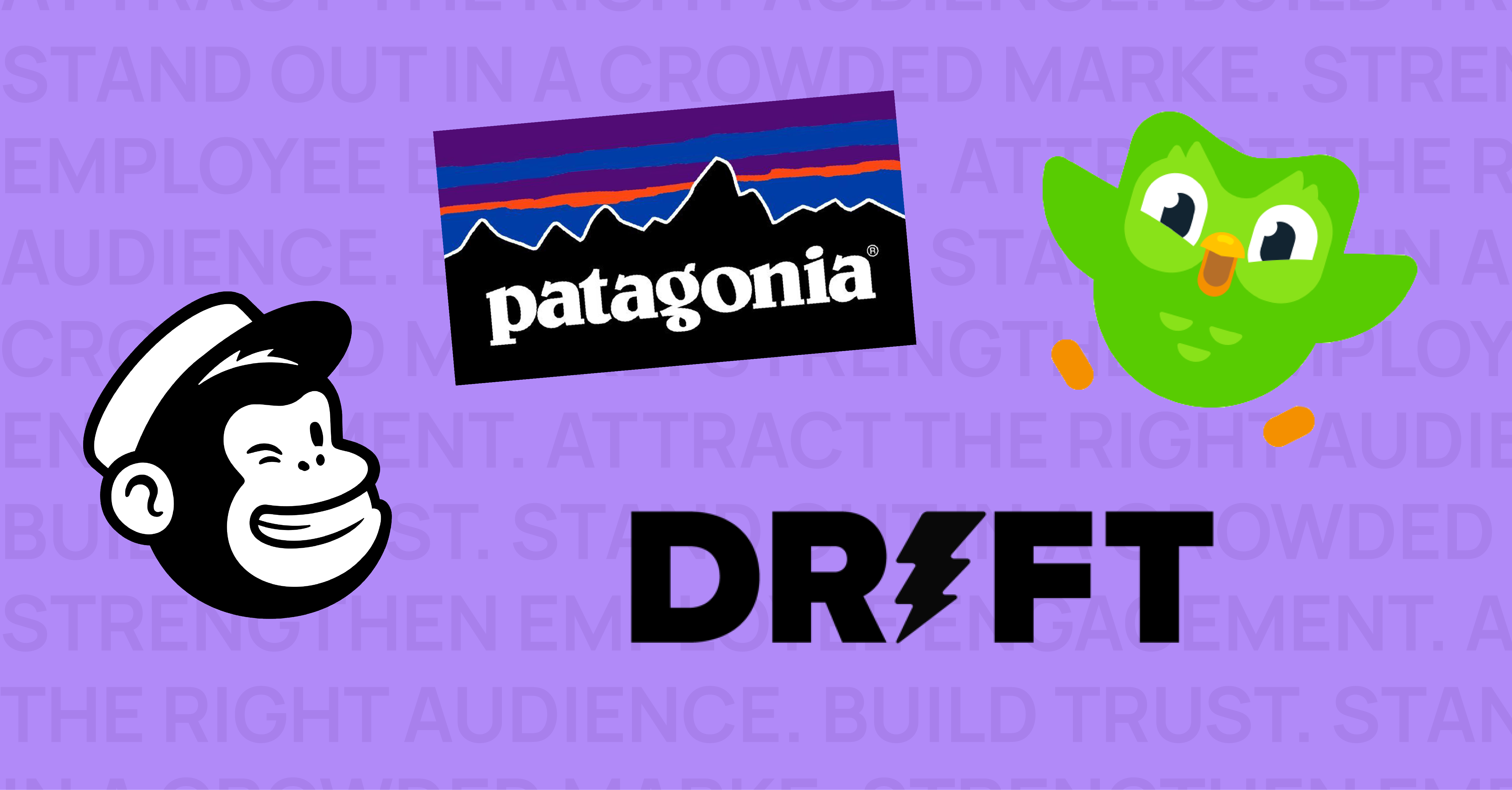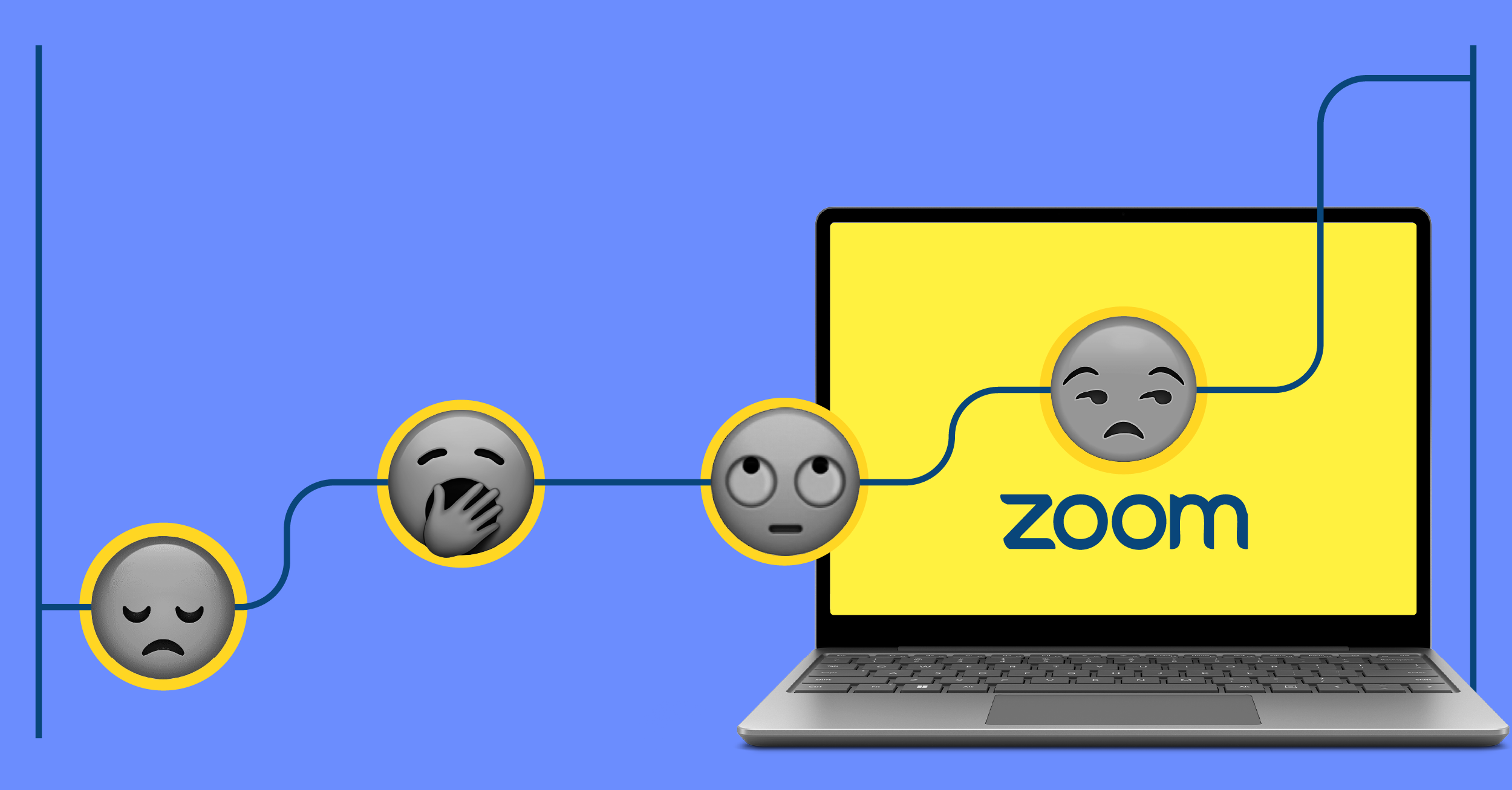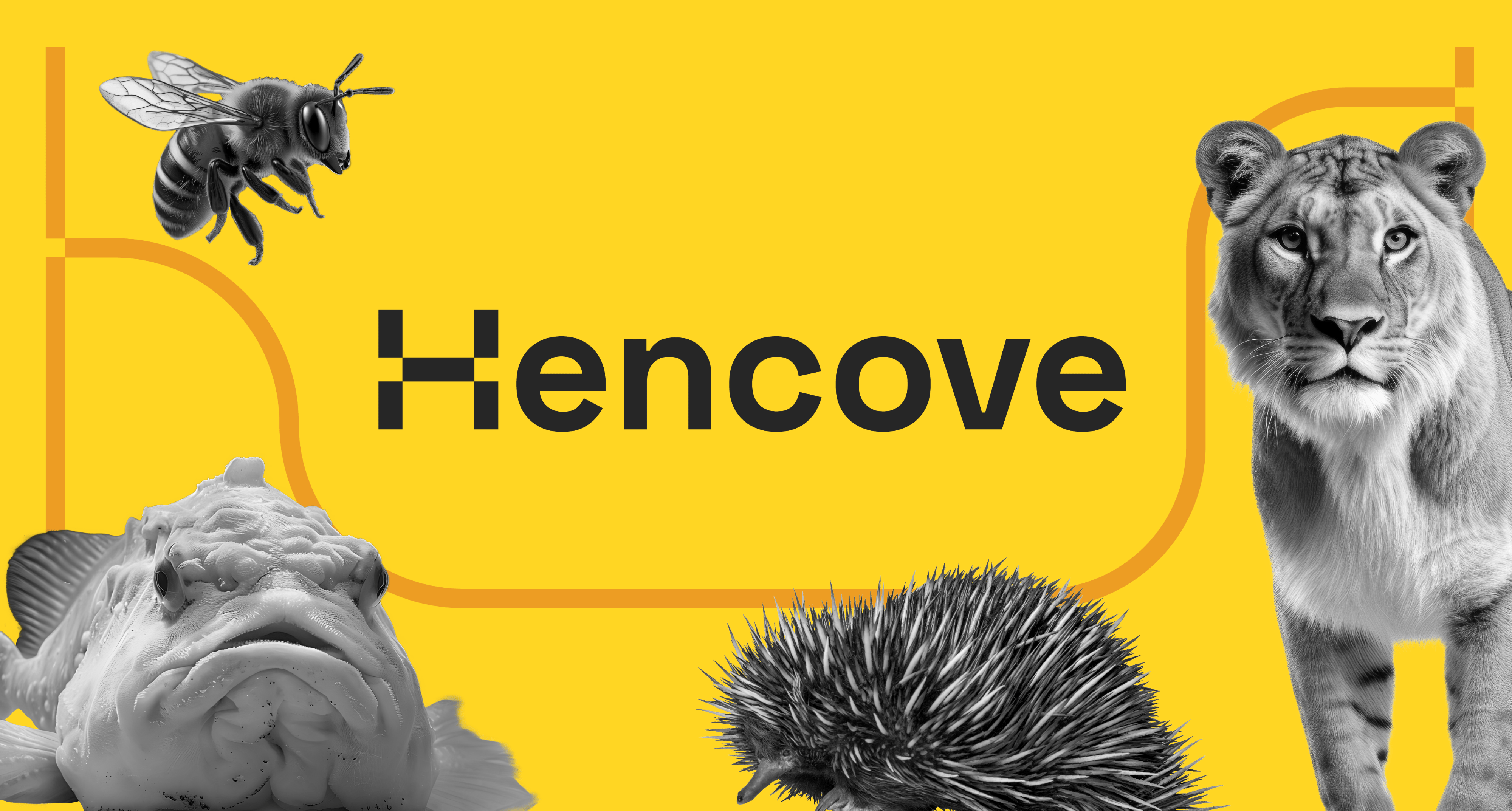Welcome to the madness! As March has unfolded, basketball fans across the country (including me) have braced themselves for the most exciting and unpredictable tournament in college sports.
In this year’s women’s bracket, will Caitlin Clark and the Iowa Hawkeyes take down the undefeated South Carolina Gamecocks? On the men’s side, will Coach Hurley’s UConn Huskies go on another historic run to secure a repeat championship title? I know I’ll be watching the results closely.
Even though the odds of guessing a perfect bracket are a mere 1 in 9.2 quintillion, the thrill of the annual knockout tournament—and the chance to earn bragging rights at the office—attract many who aren’t college basketball fanatics. So, what makes a person who hasn’t tuned into a single game all season suddenly sit glued to their screen during March Madness? The buzzer-beaters, underdog upsets, and Cinderella stories certainly help. To better understand the tournament’s high viewership and engagement, we explored the NCAA’s tactics and what lessons B2B marketers can steal from its playbook.
Fast Break Branding
“The NCAA Division I Tournament” doesn’t have the same ring as “March Madness.” Catchy monikers and alliterative phrases—like Sweet 16, Elite Eight, and Final Four—have given the tournament a cohesive and memorable brand that is now synonymous with the drama and intensity of the game.
Just as March Madness has transcended into a renowned brand captivating fans with its thrilling matchups, brands can infiltrate the workplace as well. Slack now owns “huddle,” an audio chat among colleagues, through its workplace efficiency software. And Adobe has cornered the market on “Photoshop,” as it has successfully converted its product into a verb. These are the B2B equivalents of Kleenex and Xerox, companies with names that became industry terms for the categories themselves.
Memorable product names are an innovative method for creating a well-thought-out brand. When a name sticks, you often think of the company and its brand. If you are looking to strengthen the connection between your products and your overall brand, play around with interesting and creative names.
Get Your Head in the (Marketing) Game
The March Madness tournament has enticed people to fill out their coveted brackets since 1977. By participating in a bracket contest, fans predict game outcomes and tune in live to learn their fate. Last year, an estimated 56.3 million people filled out brackets, and analysts expect that number to increase each year.
The March Madness tournament employs an effective marketing tactic called gamification, which borrows game design elements to attract and retain customers. In 2023, businesses that adopted gamification strategies experienced an average 25.3% rise in sales conversions.
For example, Hootsuite, a popular social media management tool, launched a Social Maturity Quiz that asks users to fill out an assessment of their current social media strategy. Once the user provides their contact information, Hootsuite gives them a score and explains how its products can improve the prospect’s strategy. HubSpot allows customers to complete free certifications and then encourages them to add industry-recognized badges to their LinkedIn profile. An easy slam dunk for this tactic is posting LinkedIn or Twitter/X polls, which invite users to test their knowledge of a company’s industry or products organically. Points, quizzes, badges, and progress bars are all useful ways to capture your audience’s attention while also collecting valuable data about your customers.
On the Clock
The March Madness tournament attracts fans because of its sudden-death format. The stakes are high in every single game, unlike in most professional sports championships, which are typically multigame series. Teams must act fast and play their hearts out all 40 minutes, because even one missed foul shot can make or break a team’s chances to continue in the tournament.
Companies can instill a similar sense of scarcity and importance in their audience by emphasizing limited-time offers, exclusive deals, or impending deadlines. Creating urgency, whether in sports or marketing, relies on the psychological principle that people are more motivated to act when up against a time constraint. These powerful call-to-action messages emphasize the benefits of a prospect acting now rather than later. Because “later” might become “never.”
Personal Points
Many viewers tune into the tournament to root for their alma mater or schools from their home state. In professional sports, 24 states don’t have any professional sports teams, but in last year’s March Madness tournament, 37 states, along with Washington, DC, were represented in the men’s tournament. The tournament provides a unique opportunity for communities to rally behind their state’s collegiate athletes on a national stage. Because of this, the games feel personal to fans, who cling to dreams of their team cutting down the net after the clock winds down to zero. I’ll never forget the thrill of watching my hometown team, Villanova, beat North Carolina in a buzzer-beater, ending a 30-year championship drought for the Wildcats.
Having a personal connection to the content you engage with isn’t limited to sports. In today’s data-driven world, prospects assume the content they receive is tailored to them. According to a 2023 study, 77% of B2B buyers will not make a purchase without personalized content. As advertisers, we have access to billions of data points that tell us information about our target audience, including their industry type, position, and company size and location. We can then use this data to deliver personal messages to high-value prospects. It’s important to remember that even in B2B marketing, every buyer or decision-maker is a person.
Building a Winning Narrative
Rocky, Rudy, The Karate Kid — everyone loves a good underdog story, and March Madness has some of the best ones. The tournament’s version of an underdog is coined a “Cinderella story,” referring to an undercelebrated, low-seeded team making a deep tournament run, usually defeating a skilled team on their path to victory. Last year, the 9-seed Miami Hurricanes earned that moniker after defeating 1-seed Indiana and 4-seed Villanova back-to-back in the women’s tournament. Possibly the most notable Cinderella story is the one of Sister Jean and the Loyal University of Chicago Ramblers, who stole our hearts on their historic run in the 2018 men’s tournament as an 11-seed, making it all the way to the semifinals before eventually losing to Michigan.
Even without the underdog label, each team has a unique narrative that attracts viewers who either support them until the last shot or hope they get eliminated in the first round (I’m looking at you, Duke). At Hencove, we consider storytelling an essential aspect of marketing. It helps a company break through the noise, humanize its brand, and convey its complex ideas and messages more digestibly, increasing brand recall.
As you game-plan your next marketing campaign, make sure your brand’s story is worth telling. Here’s to extending your brand engagement long after the final buzzer sounds.



